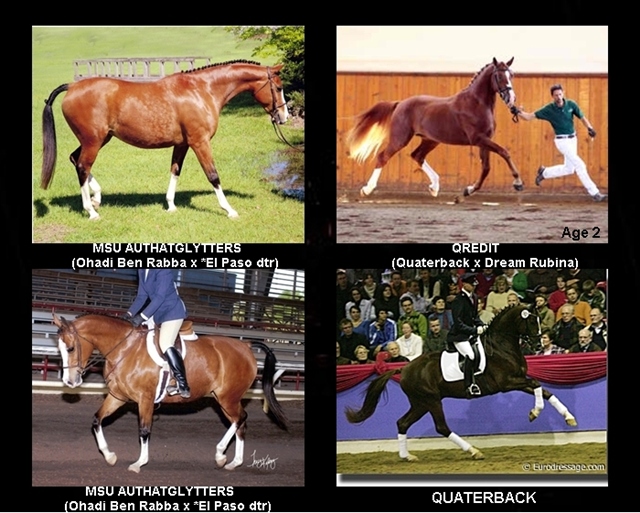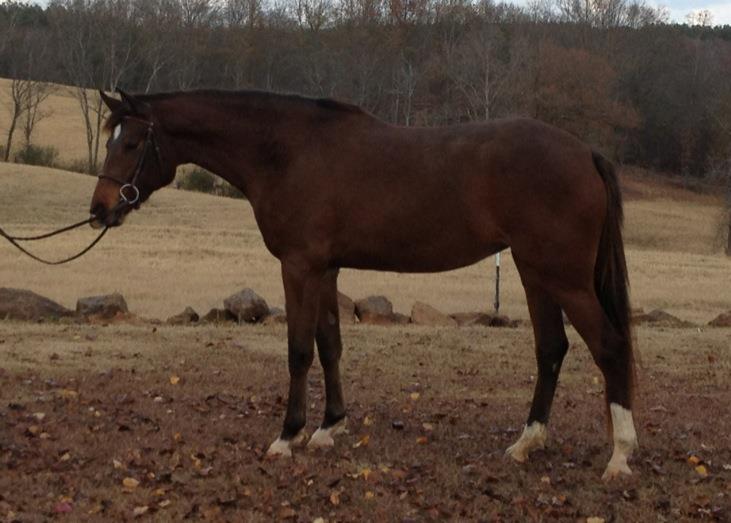[QUOTE=stripes;6697626]
I actually found the information interesting and think it is useful information. It directly relates to why the WB registries include TB’s & Arabian’s into their breed books. It relates to endurance and quicker recovery after a workout.[/QUOTE]
Yes.  My underlying point was that the stamina that is a hallmark trait of the Arabian breed is based on heritable physiological characteristics (like the X factor heart gene and a skew towards slow twitch muscle fibers) and that having a deeper knowledge of the physiological basis for the kinds of traits that Arabians can bring to the table is of value when discussing their use in systematic breeding for sport --both in purebreds and within WB and sport pony breeding.
My underlying point was that the stamina that is a hallmark trait of the Arabian breed is based on heritable physiological characteristics (like the X factor heart gene and a skew towards slow twitch muscle fibers) and that having a deeper knowledge of the physiological basis for the kinds of traits that Arabians can bring to the table is of value when discussing their use in systematic breeding for sport --both in purebreds and within WB and sport pony breeding.



